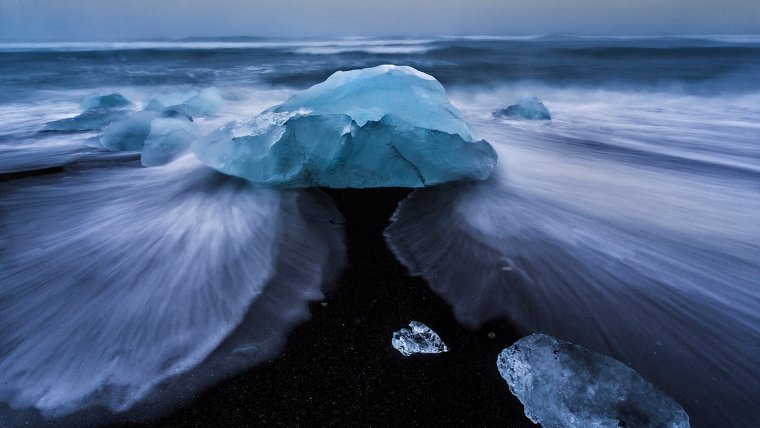
Welcome to another episode of Photographer Spotlight. This time I’d like to introduce Marion Faria to you, who shows magnificent & astonishing landscape images. Step inside the world of Marion Faria and learn all her tips and tricks!
Tell us about yourself, where are you from, what got you into photography and since how long do you photograph?
Marion: First of all, I am a landscape photographer from Rhode Island, USA, but that does not define me; the landscape is what I love: the outdoors, the wilderness, mountains, remote places, untouched places. My photography is the sum of my life, all my experiences as pilot, sailor, horsewoman, banjo player (!), pianist and intermittent painter. The great masters of landscape are my inspiration: Joseph Turner, Bierstadt, Constable and the Hudson river school. These painters were masters of light, especially Joseph Turner, whose dying words were, “The sun is God”. Well, he was correct, because, in landscape photography, the light is Ggod. Light can defeat even the most amazing composition, and it can elevate an image to the sublime.
I began photographing in high school with a 35mm Ricoh camera, then almost totally stopped in college and afterward… In 2005, my husband gave me an Olympus 2MP digital camera…I thought it was the most amazing piece of equipment; but it was Photoshop that I enjoyed, too. After taking editing classes at a local college, I knew that creativity was mine and the images taken with that little camera became my art.
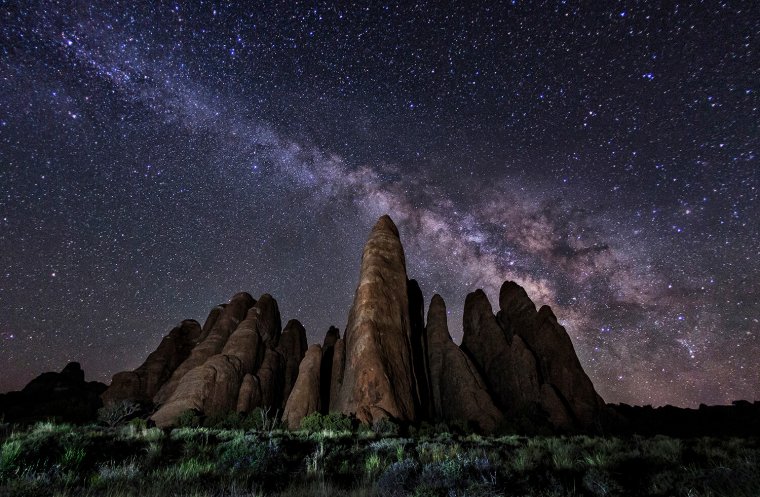
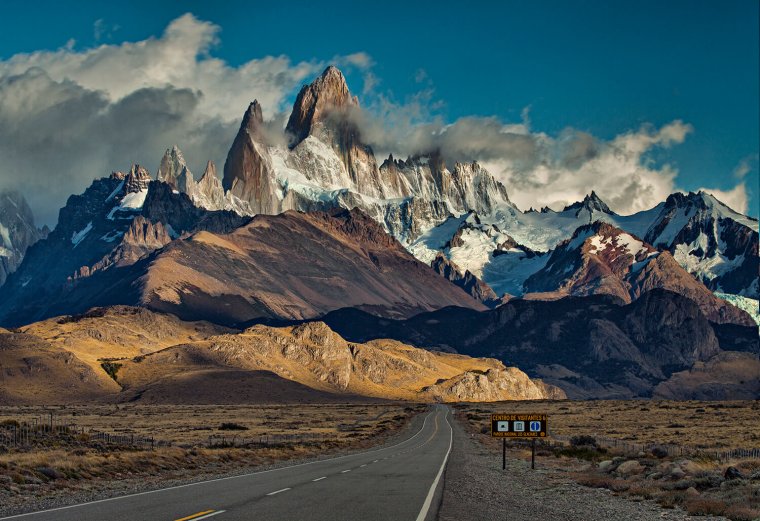
Do you have general advice and tips for other photographers?
Marion: My advice to anyone beginning to shoot landscape is first to make certain it is what you love. Look at images online, look at art and find what touches you emotionally, because that’s what you will want to be doing. When I go out to photograph it is almost always at the edges of light: sunrise and sunset. If it is not possible at that time, most of the photos taken during the middle of the day can be converted into black and white images; if it is foggy or cloudy, mountains and waterfalls will be amazing.
It is important to photograph every day, you’re not looking for those spectacular images, but looking to develop your eye for composition. I carry a point and shoot Canon G1 everywhere with me; when I walk my dog, when I drive somewhere to shop. One day I found the best junk car near a dump: good thing I had that camera with me. My advice is that the more you photograph, the better will be your ability to see graphically and compose more effectively.
A lot of photographers say they use visualization or previsualization or whatever when they plan a shoot. I never do that…when I get to an area, at least an hour or more before I photograph, it is important to me to walk around and get a feel for the place and wait to see what interests me…usually, something will catch my eye and I will start moving around looking for the best position for me and my camera. If you are shooting the ocean or water, get into the water if necessary. In Iceland, and that North Atlantic water sure was cold, to get images that I liked, it was necessary for me to wade in up to my knees..whatever it takes, but don’t endanger yourself. The most important advice I can give is to look for an unusual viewpoint, even if it is an often photographed area, try it from a different angle…don’t go with the crowd. Go away from the crowd. Don’t just get out of a car and plunk your tripod and camera down; not if you want something compelling.
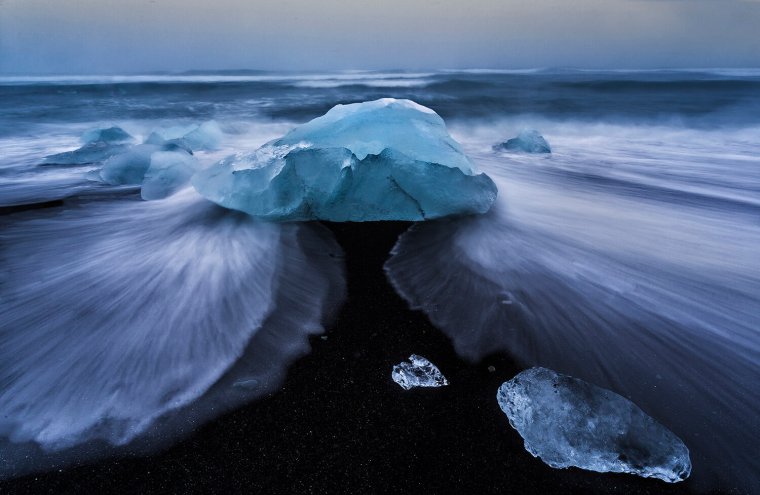
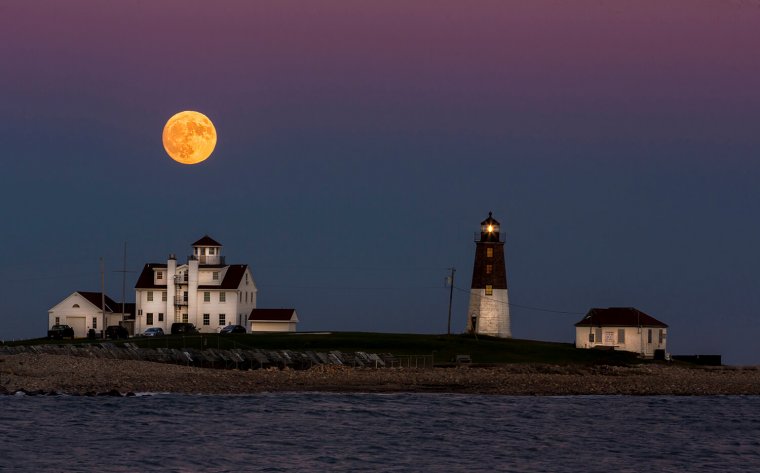
How important is post-processing for you?
Marion: I AM A CHIMPER…There, I’ve admitted it! When shooting in the field, I am constantly chimping and removing any images that are poor compositions or exposures…
For editing images, Photoshop is my choice; Lightroom is my catalog…When using PS, there are some interesting plug-ins that can be used: Nik and Topaz are my personal favorites. I do all my basic editing in Camera Raw, then finish in PS. I do exposure blending and focus blending when necessary. Also, I use layer masks as needed.
Which gear do you mainly use / What is typically in your camera bag?
Marion: In my bag:
The above lenses are what I usually carry during the day. If I am walking a long way, I remove the 11-24 and replace it with a lighter fisheye Canon15mm f2.8 lens. My night images are taken with these three lenses: Canon fisheye 15mm, Rokinon 24mm 1.4 manual lens, or Canon 24-70mm f2.8 lens (the Rokinon can be amazing for astrophotography but be aware that there are some quality control issues with that company, so test your lens immediately). Also, filters are key to my photography and the way I want my landscapes to feel; in my opinion, the pseudo filters in PS don’t cut it for me. I want the light to hit the lens longer, and that’s what my filters do.
Here are my most used filters:
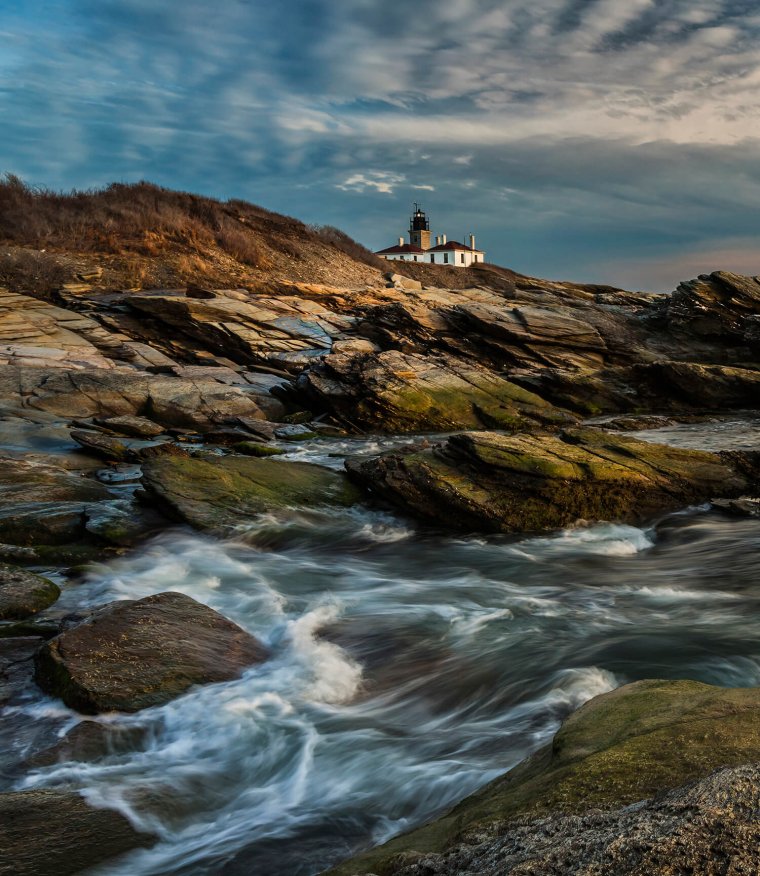
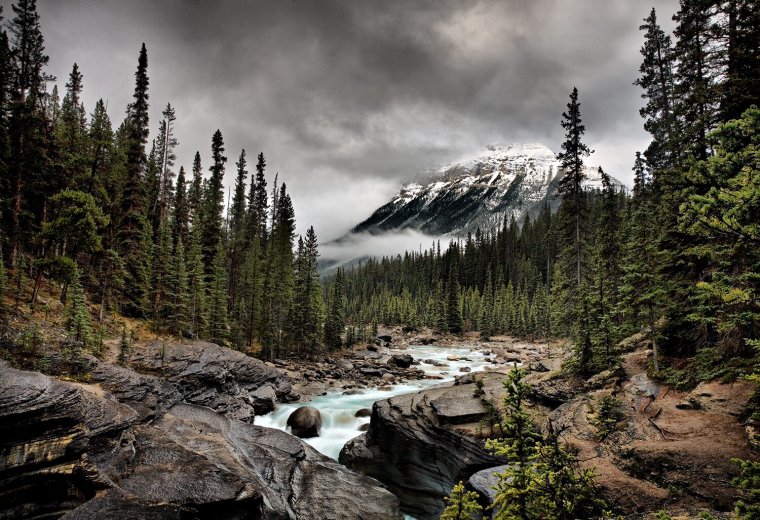 Do you have guiding principles that you follow when you’re making pictures?
Do you have guiding principles that you follow when you’re making pictures?
Marion: In the field, I am a wide angle junkie. These lenses can do amazing things to landscape if used correctly, and by this, I mean that you will need a good foreground, middle ground, and background. Your foreground is critical! It is the lead-in to the whole image: don’t just put some junk that is on the ground, look for something with interesting shape or form or some color…Rocks can be good, so can flowers, When you get home, give yourself some time to review the same images again a week or two later; it is amazing how many you will not like as much after a week or two…learn from every experience in the field.
Find Marion on the Web:
https://www.flickr.com/photos/marionfaria/
https://500px.com/mfar1912
Comments (0)
There are no comments yet.